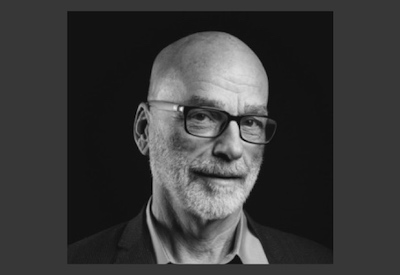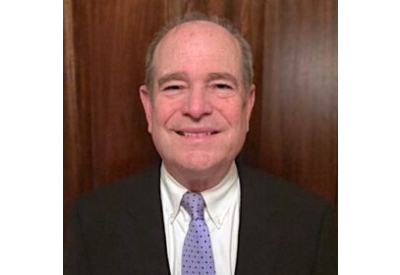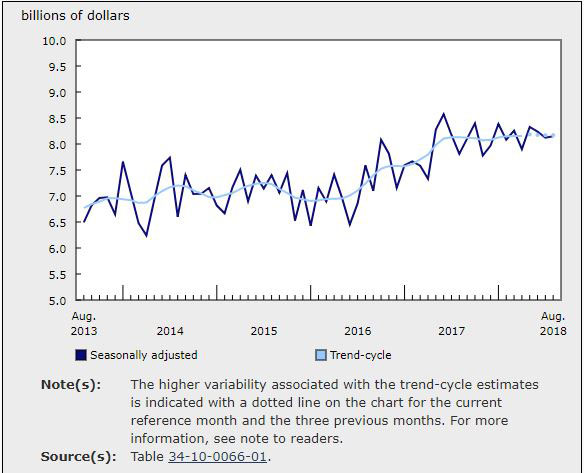The 21st Century

January 17, 2017
For our industry conference in San Diego this year, we tried to get Tony Seba from Stanford University present to our members. Unfortunately, Tony was not available. So, I thought I would discuss the premise of his lecture and his book in the next few articles.
Tony Seba’s book is called Clean Disruption of Energy and Transportation, with the subtitle How Silicon Valley will make oil, nuclear, natural gas, coal, electric utilities and conventional cars obsolete by 2030.
A very interesting, and true, quote is at the start of the book: “The stone age did not end because humankind ran out of stone.”
Simple and obvious. But Seba applies the same logic to oil. Something will come along to replace oil, well before we actually run out of the stuff. When it does, it will replace oil because it is cheaper, more abundant and better for the environment. The good news for us is that the source will be distributed by electricity.

This picture is of New York City on busy street on Easter weekend in 1900. The street is filled with horse-drawn carriages. You can see one car if you look closely.
Fast forward 13 years to 1913, this next photo at the same time of year and on the same street shows no more horses or carriages. Every vehicle on the street has a combustion engine, powered by gasoline.

In just 13 years the city of New York was able to transform itself from horses to cars. We didn’t run out of horses, or carriages, or hay. The automobile became far more effective, cheaper, more reliable and faster than the horse. So the people of New York changed, and changed quickly. In 13 years, the city’s infrastructure was re-designed and re-built.
For over 100 years we have been mesmerized by the automobile and by the industrial age it helped usher in. Today, that same street in New York would still be covered with automobiles. So over the past 100 years, nothing much has changed; that is, until now.
Sooner or later every new technology turns to stone. Tony Seba shows that we are moving into the 21st century and much of what was once our world is going to change, and like the transformation at the turn of the 20th century, it is going to happen quickly and profoundly.
Not just in our industry, but the status quo across all industries is about to change because a number of key items that are coming down in price, are going up in service and, in the long run, will add great benefit.
Tony Seba’s four clean disruption changes are
· electric vehicles completely replacing combustion engines by 2030
· autonomous vehicles replaceing driven automobiles by 2030
· solar power replacing all forms of energy by 2030
· battery storage of electricity becoming the dominant form of energy storage
All four of his predictions place the electrical industry front and centre in this dynamic move to the 21st century.
Our stable world of boxes, wire nuts, breakers and wire is about to change.
Rick McCarten is VP, Operations, Electro-Federation Canada.











